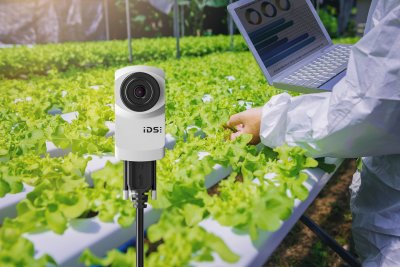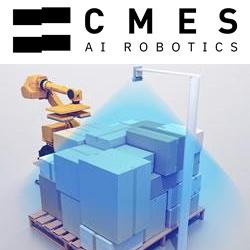Using technological innovation for environmental benefits
 The industrial camera manufacturer IDS Imaging Development Systems GmbH from Obersulm feels responsible for keeping its ecological footprint as small as possible. This is reflected in its own business activities, for example, in durable, climate-compensated camera models or resource-conscious production and logistics. As an integral part of many automation solutions, the use of industrial cameras also opens up new ways for users to conserve resources and thus ensure greater sustainability.
The industrial camera manufacturer IDS Imaging Development Systems GmbH from Obersulm feels responsible for keeping its ecological footprint as small as possible. This is reflected in its own business activities, for example, in durable, climate-compensated camera models or resource-conscious production and logistics. As an integral part of many automation solutions, the use of industrial cameras also opens up new ways for users to conserve resources and thus ensure greater sustainability.
IDS recognises the importance of conserving natural resources and strives to balance environmental, social and economic goals. With a view to global challenges such as climate change and the loss of biodiversity, the company relies on an approach that focuses not only on ecological responsibility, but also on innovation and competitiveness.
Focus on responsible action
Unavoidable emissions that occur despite the exclusive development and production at the main site in Baden-Württemberg, Germany - for example, caused by delivery routes for the unavoidable, global procurement of electronic components or the employees' commutes to the office - are offset by supporting international climate protection projects. This allows the uEye CP camera family and the uEye ACP models to call themselves climate-compensated.
Enabler for sustainable applications and processes
Comments (0)
This post does not have any comments. Be the first to leave a comment below.
Featured Product

